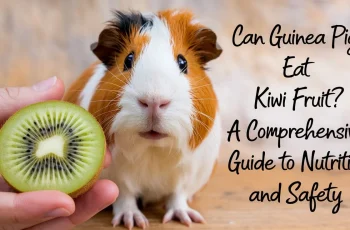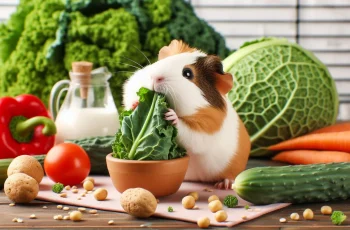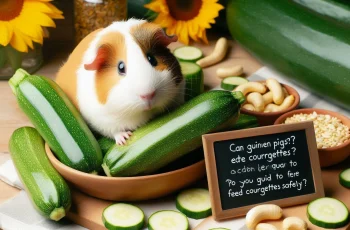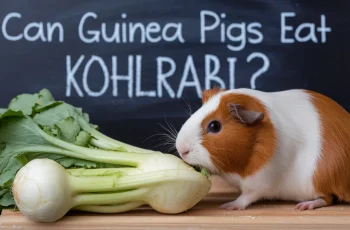Yes, guinea pigs can eat apricots, but only in small amounts and with specific precautions. While apricots are juicy, sweet, and loaded with helpful nutrients like Vitamin C and Vitamin A, they are also high in natural sugars and contain toxic pits and stems. That means they’re best enjoyed as a rare treat, not a regular part of your guinea pig’s menu.

🧪 Nutritional Profile of Apricots (per 100g):
- Vitamin C (10 mg): A vital nutrient that helps guinea pigs fight off illness and prevents scurvy, a potentially life-threatening deficiency.
- Vitamin A (96 µg): Supports healthy vision, skin, and the immune system.
- Fiber (2 g): Aids digestion and promotes healthy bowel movements.
- Sugar (9 g): A natural energy source, but excessive sugar can cause serious health problems.
- Water (86 g): Keeps your guinea pig hydrated—great during warm seasons!
✅ Health Benefits of Apricots for Guinea Pigs:
- Scurvy Prevention: Though not as rich in Vitamin C as bell peppers, apricots can contribute to your guinea pig’s daily needs.
- Antioxidants: Apricots are full of beta-carotene and other antioxidants that support cell health and help protect against free radicals.
- Hydration: With a water content of over 80%, apricots can help maintain fluid balance, especially in warmer months.
⚠️ Risks of Feeding Apricots:
- High Sugar Content: Guinea pigs are sensitive to sugar. Regular consumption of sweet fruits like apricots can lead to obesity, diabetes, or tooth decay.
- Digestive Sensitivity: Too much fruit can upset your piggy’s stomach, leading to diarrhea or gas.
- Toxic Pit & Stem: The pit contains cyanogenic compounds, which are toxic if chewed or ingested. Always remove the pit and stem completely.
- Oxalates: Apricots have a moderate oxalate level, which may contribute to kidney or bladder stones if overfed.
🥄 How to Feed Apricots Safely:
- Wash Thoroughly: Remove pesticides and residues.
- Remove Pit & Stem: These parts are toxic and should never be given.
- Cut into Small Pieces: Tiny bites are easier to digest and reduce choking risk.
- Portion Control: Offer just 1–2 small pieces (around a teaspoon total) once or twice per week.
- Monitor Your Pet: Watch for signs of digestive distress, like soft stool or bloating. If this happens, stop offering apricots.
🥬 Healthy Alternatives to Apricots:
If you’re looking for safer, low-sugar options to rotate into your guinea pig’s diet, try:
- Bell Peppers: Especially red or yellow ones – packed with Vitamin C and low in sugar.
- Cucumber: Refreshing and hydrating, perfect in hot weather.
- Romaine Lettuce: Crunchy, low-calcium leafy green that adds fiber and hydration.
- Cilantro or Parsley: Fragrant, flavorful herbs safe in moderation.

🐹 Final Thoughts:
Apricots can be a delightful and juicy snack, but only if prepared properly and fed occasionally. They should never replace the core of your guinea pig’s diet—unlimited timothy hay, high-quality pellets, and a variety of fresh vegetables. Use fruits like apricots as special treats, not everyday foods. With care and moderation, your guinea pig can enjoy the sweet taste of apricot without health risks.
When in doubt, consult a veterinarian experienced with exotic pets to ensure your guinea pig is getting everything they need for a long, happy life.



